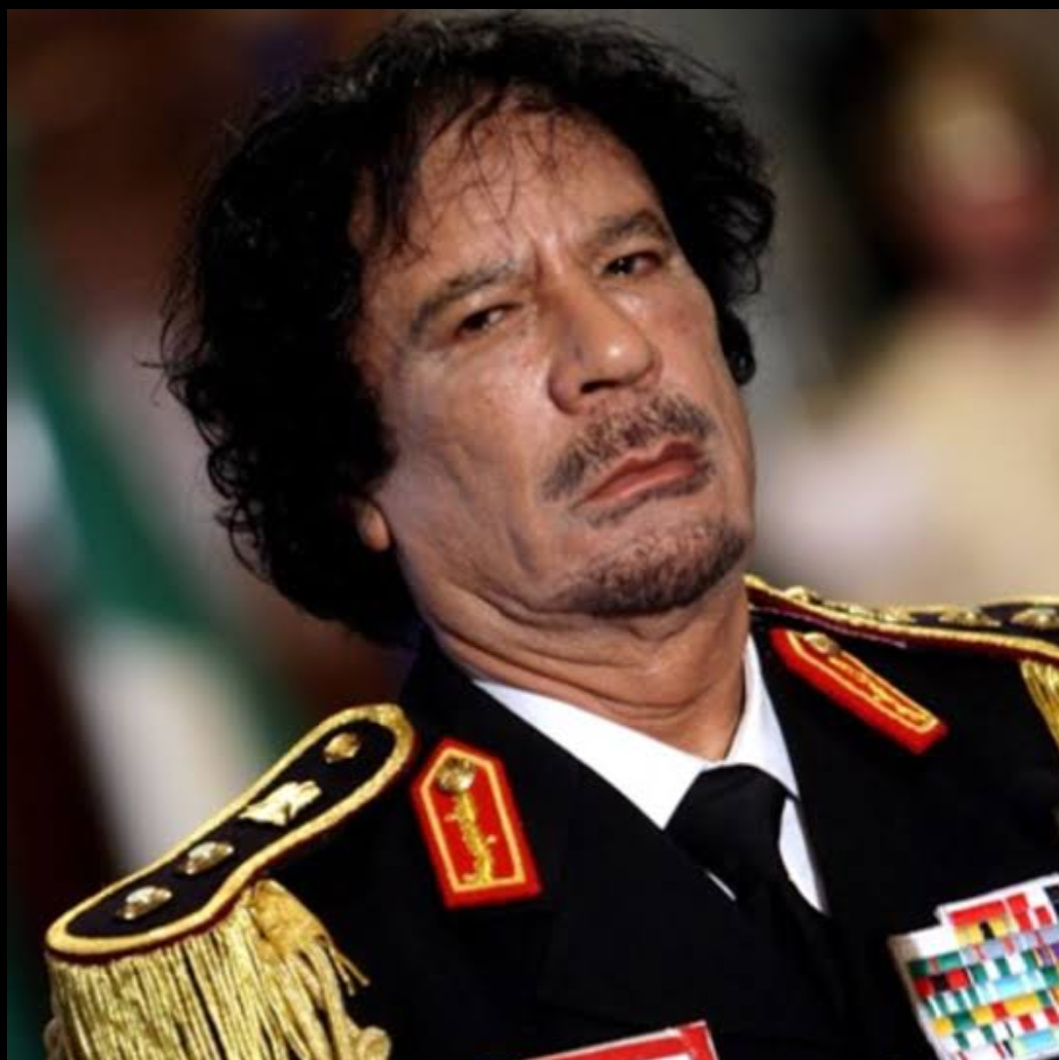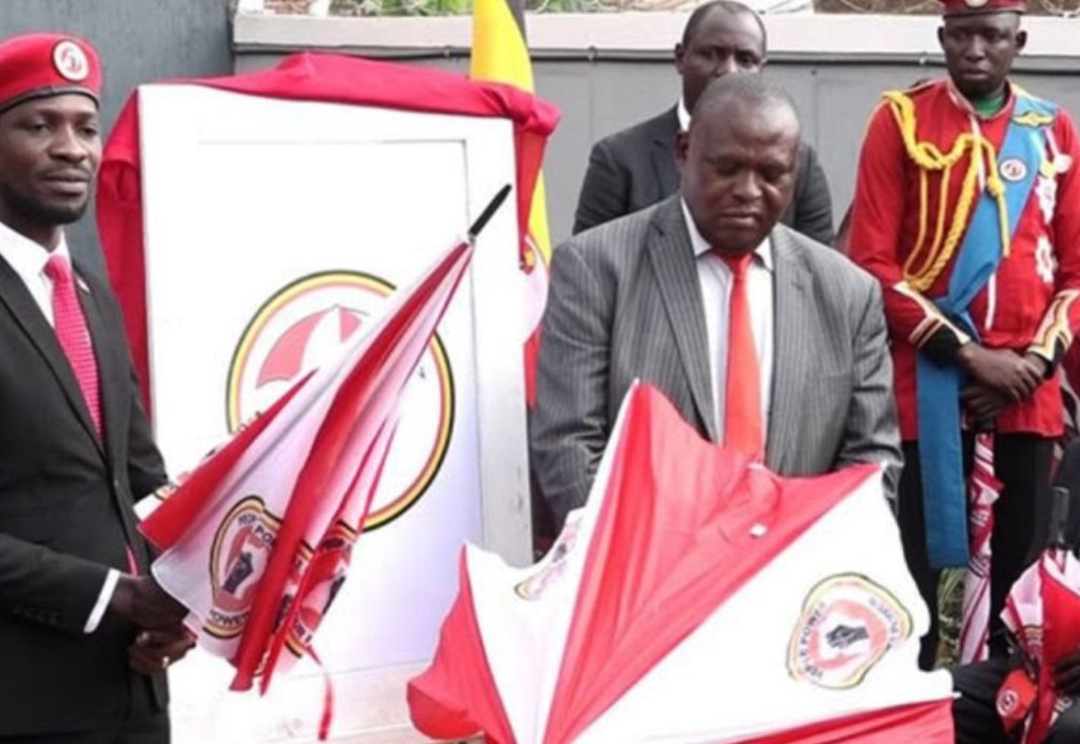
TRIPOLI – On this day (October 20), exactly nine years ago, former Libya’s leader Col. Muammar Gaddafi met his end in his home town of Sirte, killed like a rat. Ironically, Gaddafi had, for eight months, denounced the rebels that took up arms to resist his 42-year old dictatorship as “rats” but in the end he was smoked out of a tunnel by Libya’s fighters backed by NATO airstrikes.
As the fighters fought their way into Sirte, radio intercepts spoke of ‘an asset’ in the besieged city. But no one knew until the final moments that the deposed dictator was within their grasp. The asset was actually Gaddafi himself, who would die in the city, humiliated and bloody, begging his captors not to shoot him.
The last minutes in Gaddafi’s life have gained a grisly status. The end of the man who once styled himself the “king of the kings of Africa” is a spectacle of pain and humiliation and has been captured in snatches of mobile phone footage depicting a dazed and confused Gaddafi led from the drain where he was captured, bleeding heavily from a deep wound on the left side of his head and apparently from other injuries to his neck and torso, staining his tunic red with blood. He is next seen on the ground, surrounded by men with weapons shouting “God is great” and firing in the air, before being lifted on to a pickup truck.
It is ironical that Gaddafi met his end in Sirte, a city more than any other associated with his rule. It was Sirte that Gaddafi turned into his second capital – a former fishing village that he transformed into a place dedicated to both his own ego and his Third Revolutionary Theory, which he embodied in his Green Book that was taught in all Libyan schools. It was here, too, that Gaddafi’s henchmen had their second homes, sprawling villas in roads lined by eucalyptus trees, beside well-tended parks overlooking the Mediterranean. The posh houses were evidence of the city’s dedication to the Gaddafi cult and it is no wonder, perhaps, that this is where he chose to make his last stand.
Gaddafi’s convoy was attacked by a US Predator drone and a French Rafale jet as it tried to break out of Sirte, attempting to drive three kilometres through hostile territory before it was scattered and brought to a halt by rebel fighters. It was that air attack – which destroyed around a dozen cars – that dispersed the convoy into several groups, the largest numbering about 20.
As rebel fighters descended on the fleeing groups of cars, some individuals jumped from their vehicles to escape on foot, among them Gaddafi and a group of guards. Finding a trail of blood, NTC fighters followed it to a sandy culvert with two storm drains. In one of these Gaddafi was hiding.
According to some fighters quoted after the event, he begged his captors not to shoot and continued to ask one: “What did I do to you?”
Suspicion that Gaddafi was summarily killed has been deepened by the death, too, of his son Mo’atissim in even more dubious circumstances. He was filmed alive but wounded smoking a cigarette and drinking from a bottle of water, before the announcement that he also had died.
Gaddafi’s legacy
Born in Sirte in 1942, Gaddafi captured power in 1969 when he toppled King Idriss by driving a tank into the palace. His leadership was as eventful as it was controversial. He began as a pan Arabist and supported the cause of Arab people, especially in the conflicts with Israel and its Western backers.
He later graduated into a pan Africanist and funded several liberation movements in Africa, funded the Organisation of African Unity (OAU) and engineered the transformation of the organisation into African Union. He floated the concept of a United States of Africa where he will become the head of state.
Gaddafi has huge investments in many African countries, especially in Kenya’s hospitality industry. The huge investments of Libya in the African countries will be a potential source of conflict between the leaders of the National Transitional Council, NTC, Gaddafi’s children and the African countries. Gaddafi sponsored internal strifes in Chad, Liberia, Uganda and many other African countries.
He also funded non- state actors like the Palestinian Liberation Organisation (PLO), the Irish Republican Army (IRA), the African National Congress (ANC) among others. He was regarded as a terrorist by the Western nations. The involvement of Libyan secret service agents in the downing of Pan Am Flight 103, an American flight, over Lokerebie in 1988, was a major source of tension with Western nations which imposed sanctions on Libya for causing the death of 270 people. Before then, Libya had attained the status of a ‘terrorist state’ as it was implicated in the death of a British police woman Yvonne Fletcher, who was shot dead in front of Libyan embassy in April 1984.
In 2001, a Scottish court convicted one of the two Libyan secret service agents, Abdel Al. Megrahi implicated in the Pan Am Flight bombing and sentenced him to life imprisonment in 2003. Libya accepted responsibility and agreed to pay up to $10 million to relatives of each of the 270 victims of the attack. Gaddafi flirted with his own idea of socialism which was detailed in his Green Book. He changed the name of Libya to Jamahiriya Republic of Libya, meaning a state governed by the masses.
But Gaddafi was a pain in the neck of the Western nations who were as ambivalent in their relations with him as they were driven by their greed to benefit from his massive oil wealth. In the end, he could neither manage his ego nor his foolhardiness. His futile attempt to resist the wave of revolution that was ignited by Mohammed Bouazzi, the 26-year-old Tunisian whose self immolation triggered off the Arab spring was a fatal hubris which Gaddafi and his family tried to resist in bloody battle. The revolution swept off Zine El Abidine Ben Ali of Tunisia and Hosni Mubarak of Egypt and threatened Syria, Yemen, Bahrain and many more.
In Libya, Gaddafi responded with a heavy hand and massacred thousands of his country men and women. A National Transition Council (NTC) was formed in March, with defectors from Gaddafi’s government as the leading lights. They had the challenge of finding a common ground to rest their opposition. The NTC got a moral booster when it secured the endorsement of France, the first European and major world power to back the rebels.
France rallied other countries within the North Atlantic Treaty Organisation (NATO) as well as the United Nations to impose a no – fly zone in Libya, to save the largely untrained Libyan resistance group from a massacre. This marked a defining moment in the conflict as NATO air power was deployed to support the ground troops. Six months of air strikes on Libyan cities, especially Tripoli, its capital, was beamed across the world, to show how a man could stupidly destroy all that he had accomplished for his country.
However, nine years down the road, post-Gaddafi Libya has remained a battleground, both on the terrain and in politics, between a myriad of rival militias and political factions operating with impunity. The question is how does one explain that to a people who, for reasons not entirely without merit, hated their leader to such a degree that they wrecked their own country to oust him and in the process transformed quiet Libyan suburbs into smouldering piles of rubble?
How do you tell these so-called rebels that the very powers they claim to oppose are now circling Libya like a craven flock of ravenous vultures eager to pick on the bones of the man Africa once dubbed the ‘King of Kings’? How do you tell them; that the real war has just begun?
As Africans take back the narration of their history, they should readily accept that leaders like Gaddafi are still just men with complex personalities. They are not mathematical constants whose characters are definite. They can be evil, at times progressive but overall, they are human. Col. Muammar Gaddafi was straddling the fine line between the good and the bad. It would be unfair to simplistically brand him as ‘just a villain’ as Western media has enthusiastically done. It is equally imprudent to deem him a saint.





